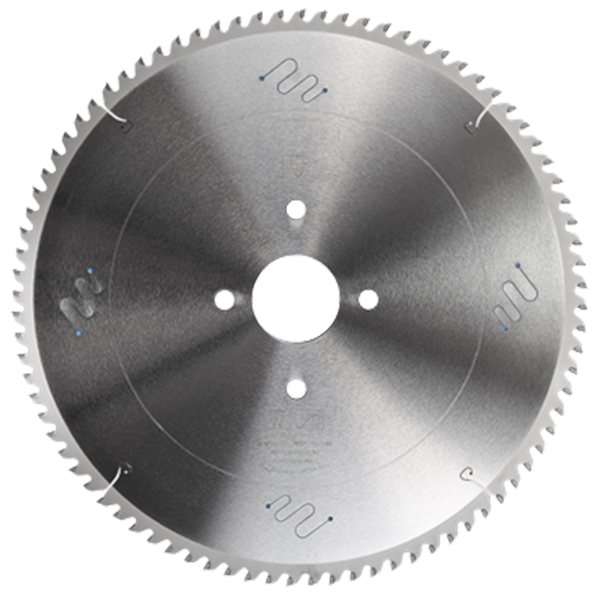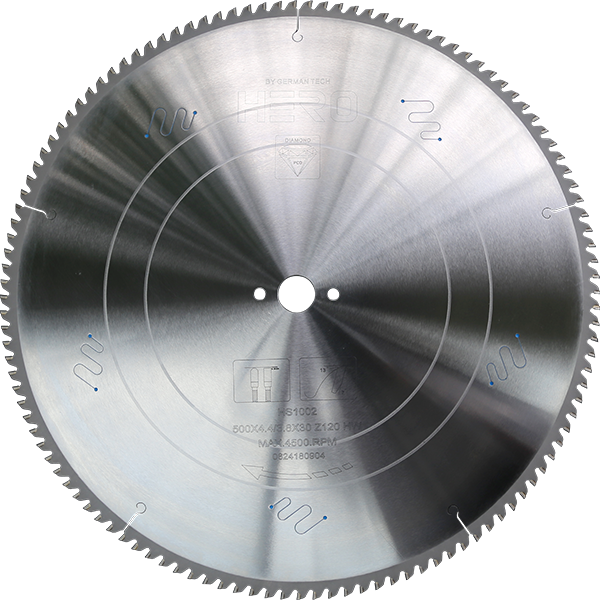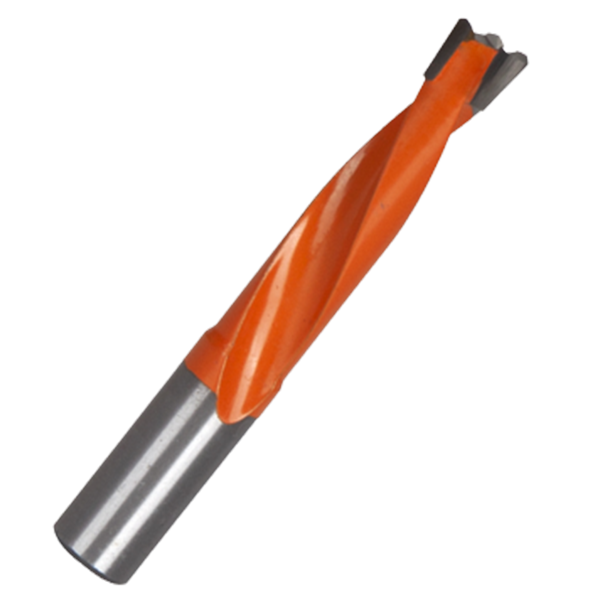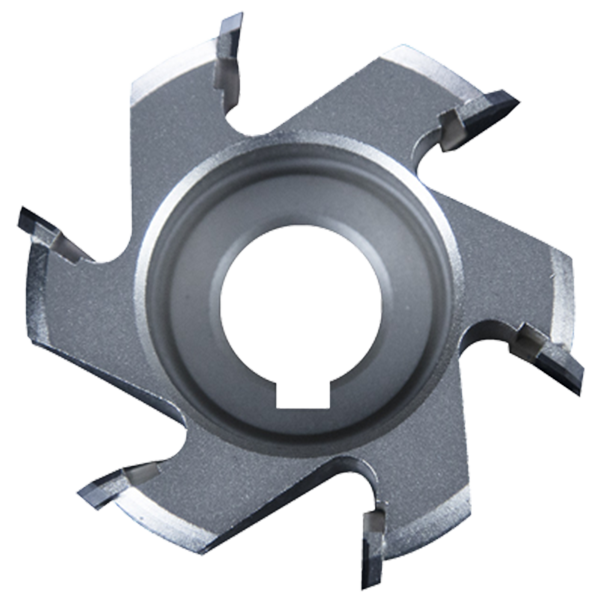introduction
Woodworking saw blade is a common tools in DIY, construction industry.
In woodworking, choosing the right saw blade is key to ensuring accurate cuts every time.
three types of saw blades that are often mentioned are Ripping Saw Blade and Crosscut Saw Blade,General Purpose saw Blade.Although these saw blades may appear similar, subtle differences in design and functionality make each of them uniquely useful for different woodworking tasks.
In this article, we’ll take a closer look at the features of these types of saw blades and reveal the differences between them to help you make an informed choice for your woodworking projects.
Table of Contents
-
Information introduction
-
Ripping saw blade
-
Crosscut saw blade
-
General Purpose saw Blade
-
How choose?
-
Conclusion
Ripping saw blade
Ripping, often known as cutting with the grain, is a simple cut. Before motorized saws, hand saws with 10 or fewer big teeth were used to rip plywood sheets as quickly and straightly as feasible. The saw “rips” apart the wood. Because you are cutting with the grain of the wood, it is easier than a crosscut.
Characteristic analysis
The best type of saw for ripping is a table saw. The blade rotation and table saw fence help to control the wood being cut; allowing for very accurate and fast rip cuts.
Rip blades are optimized to cut through wood with, or along the grain. Typically used for initial cuts, they clear long fibers of wood where there is less resistance than when cutting across the grain. Using a flat top grind (FTG) tooth pattern, low tooth count (10T- 24T), and a hook angle of at least 20 degrees, a ripping blade cuts through wood along the grain quickly and efficiently with a high feed rate.
A ripping blade’s low tooth count provides less resistance during cutting than a high tooth count blade. However, it results in a significantly harsher finish on the cut. Using a ripping blade for cross cuts, on the other hand, will result in an undesirable amount of tearout. These blades chip away at the wood, creating a rough, unrefined finish. A crosscut blade can be used to smooth up a rough-finish rip cut. You can also plane and/or sand it when you finish the workpiece.
The Main Purpose
Rip-cutting circular saw blades are manufactured to cut with the grain of the wood. The blade characteristically has a wide gullet, aggressively positive angle hook, fewer teeth than any other saw blade type. The main purpose of such design is to rapidly rip the wood without grinding it, and easily get rid of waste such as sawdust or chipped lumber. Rip cutting or simply “ripping” is cutting along the fibers of the wood, not across, meets less resistance of the stock and splits it very quickly.
Most of those differences come from the fact that it is easier to rip than crosscut, meaning that each tooth of the blade can remove a larger amount of material.
Tooth Number
To accommodate this larger “bite” of the wood, rip cutting blades have less teeth, typically only having 18 to 36 teeth. The number of the teeth can be even higher, depending on the saw blade diameter and tooth design.
Crosscut saw blade
Crosscutting is the act of cutting across the grain of the wood. It is much harder to cut in this direction, than to rip cut. For this reason, crosscutting is much slower than ripping. Crosscut blade cuts perpendicular to the grains of the wood and requires clean cutoff without jagged edges. The saw blade parameters should be chosen to best suit the cut.
Tooth Number
Crosscut circular saw blades typically have a high number of teeth, usually 60 to 100. The saw blade can be used for cutting moldings, oak, pine or even plywood if specialized blade is not available.
The most common cross-cutting circular saw blade diameters are 7-1/4′′, 8, 10, and 12 inches. Crosscut saw blade gullets are substantially smaller because each tooth takes a much smaller bite out of the material, resulting in less chips and sawdust. Because the gullets are narrower, the blade may remain more rigid and vibrate less.
Difference
But Cutting against the grain is much harder than along the grain.
Cross-cutting blades leave a finer finish than tear-cutting blades due to more teeth and less vibration.
Because they have more teeth than ripping blades, crosscut blades also create more friction when cutting. The teeth are more numerous but smaller, and the processing time will be longer.
General Purpose saw Blade
Also called universal saw blade.These saws are designed for high production cutting of natural woods, plywood, chipboard, and MDF. The TCG teeth offer less wear than the ATB with nearly the same quality of cut.
Tooth Number
A general purpose blade generally has 40 teeth, all of which are ATB.
General purpose blades hover around 40 teeth, typically have ATB (alternate tooth bevel) teeth, and smaller gullets. Combination blades hover around 50 teeth, have alternating ATB and FTG (flat tooth grind) or TCG (triple chip grind) teeth, with medium sized gullets.
Difference
A good combination saw blade or general purpose saw blade can handle most of the cuts woodworkers make.
They won’t be as clean as specialist rip or crosscut blades, but they’re perfect for chopping up larger boards and creating non-repetitive cuts.
General purpose blades fall into the 40T-60T range. They usually feature both an ATB or Hi-ATB tooth.
It is the most versatile of the three saw blades
Of course, the most important thing is to clearly understand the needs, processing materials, and equipment conditions, and choose the most suitable saw blade for your shop or workshop.
How Choose?
With the table saw blades listed above, you’ll be well equipped to get excellent cuts in any material.
All three saw blades are intended for table saw use.
Here I personally recommend the cold saw, as long as you get started and complete the basic operations.
The number of teeth depends on many factors, including the application, so you must determine whether to use the blade for ripping or cross-cutting. Ripping, or cutting with the grain of the wood, requires fewer blade teeth than crosscutting, which involves cutting across the grain.
Price, Tooth shape, Equipment also are important factor to you choose.
If you don’t know what kind of wood finish you want?
I recommend that you have all three saw blades above and use them,They cover almost all processing ranges of table saws.
Conclusion
With the table saw blades listed above, you’ll be well equipped to get excellent cuts in any material.
If you’re not sure what kind of blades you need yet, a good general purpose blade should suffice.
Do you still have questions about which saw blade is right for your cutting tasks?
Pls be free to contact us to get more help.
Partner with us to maximize your revenue and expand your business in your country!
Post time: Nov-17-2023








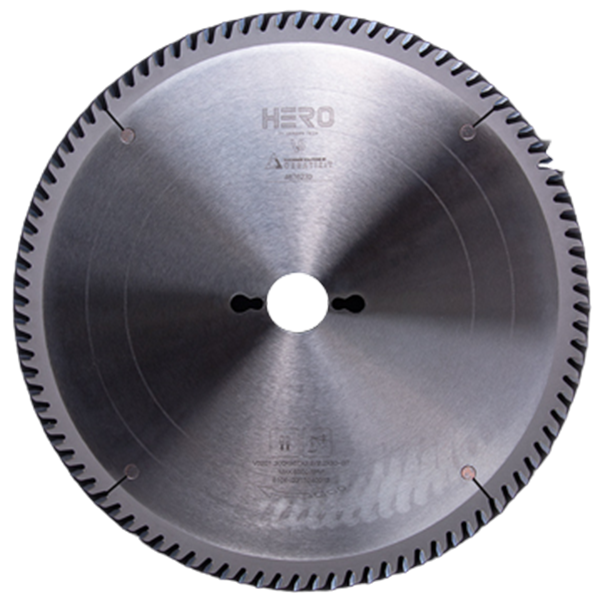 TCT Saw Blade
TCT Saw Blade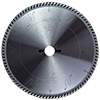 HERO Sizing Saw Blade
HERO Sizing Saw Blade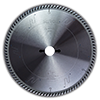 HERO Panel Sizing Saw
HERO Panel Sizing Saw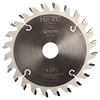 HERO Scoring Saw Blade
HERO Scoring Saw Blade HERO Solid Wood Saw Blade
HERO Solid Wood Saw Blade HERO Aluminum Saw
HERO Aluminum Saw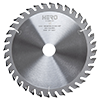 Grooving Saw
Grooving Saw Steel Profile Saw
Steel Profile Saw Edge Bander Saw
Edge Bander Saw Acrylic Saw
Acrylic Saw PCD Saw Blade
PCD Saw Blade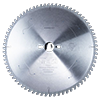 PCD Sizing Saw Blade
PCD Sizing Saw Blade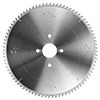 PCD Panel Sizing Saw
PCD Panel Sizing Saw PCD Scoring Saw Blade
PCD Scoring Saw Blade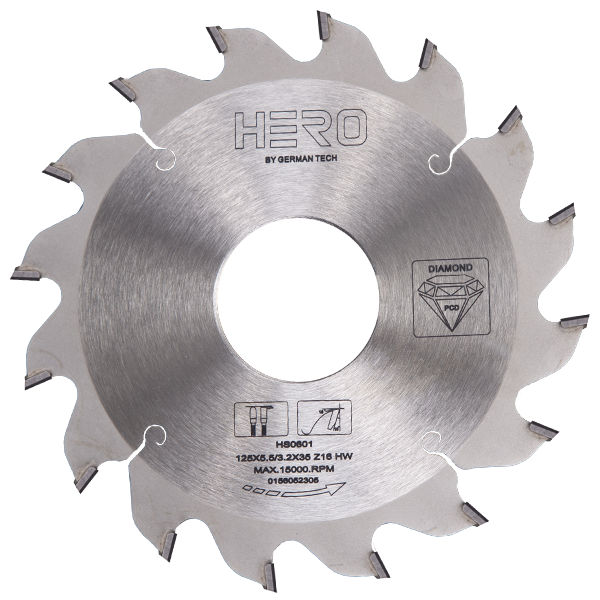 PCD Grooving Saw
PCD Grooving Saw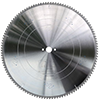 PCD Aluminum Saw
PCD Aluminum Saw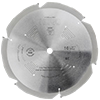 PCD Fiberboard Saw
PCD Fiberboard Saw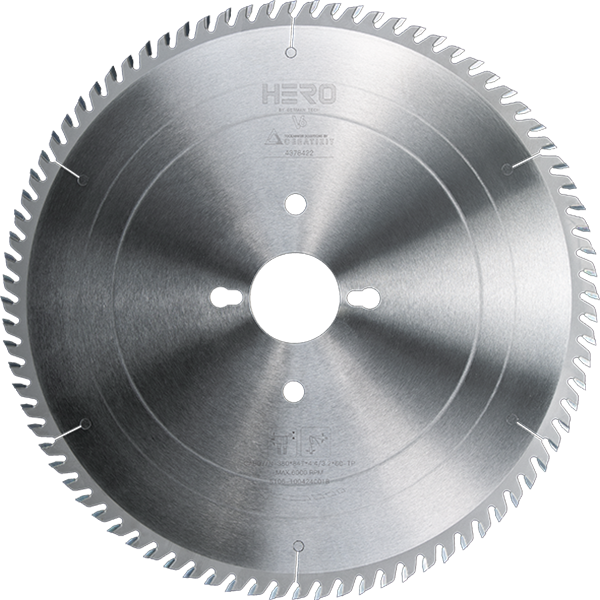 Cold Saw for Metal
Cold Saw for Metal Cold Saw Blade for Ferrous Metal
Cold Saw Blade for Ferrous Metal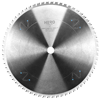 Dry Cut Saw Blade for Ferrous Metal
Dry Cut Saw Blade for Ferrous Metal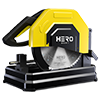 Cold Saw Machine
Cold Saw Machine Drill Bits
Drill Bits Dowel Drill Bits
Dowel Drill Bits Through Drill Bits
Through Drill Bits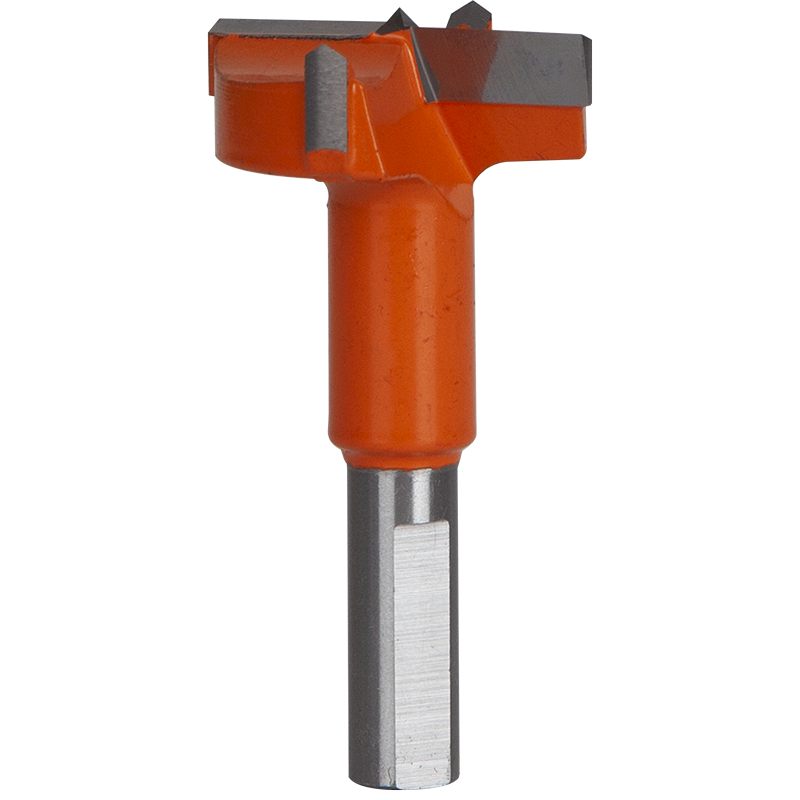 Hinge Drill Bits
Hinge Drill Bits TCT Step Drill Bits
TCT Step Drill Bits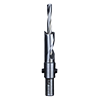 HSS Drill Bits/ Mortise Bits
HSS Drill Bits/ Mortise Bits Router Bits
Router Bits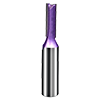 Straight Bits
Straight Bits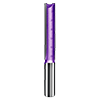 Longer Straight Bits
Longer Straight Bits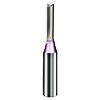 TCT Straight Bits
TCT Straight Bits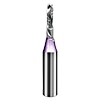 M16 Straight Bits
M16 Straight Bits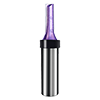 TCT X Straight Bits
TCT X Straight Bits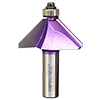 45 Degree Chamfer Bit
45 Degree Chamfer Bit Carving Bit
Carving Bit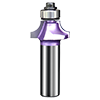 Corner Round Bit
Corner Round Bit PCD Router Bits
PCD Router Bits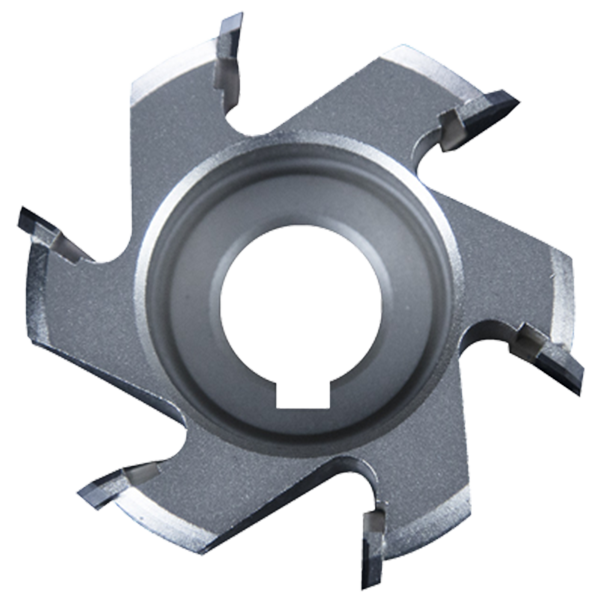 Edge Banding Tools
Edge Banding Tools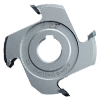 TCT Fine Trimming Cutter
TCT Fine Trimming Cutter TCT Pre Milling Cutter
TCT Pre Milling Cutter Edge Bander Saw
Edge Bander Saw PCD Fine Trimming Cutter
PCD Fine Trimming Cutter PCD Pre Milling Cutter
PCD Pre Milling Cutter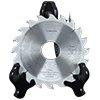 PCD Edge Bander Saw
PCD Edge Bander Saw Other Tools & Accessories
Other Tools & Accessories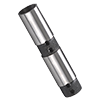 Drill Adapters
Drill Adapters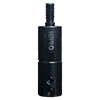 Drill Chucks
Drill Chucks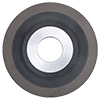 Diamond Sand Wheel
Diamond Sand Wheel Planer Knives
Planer Knives
